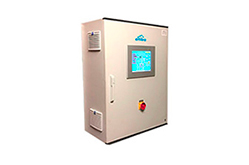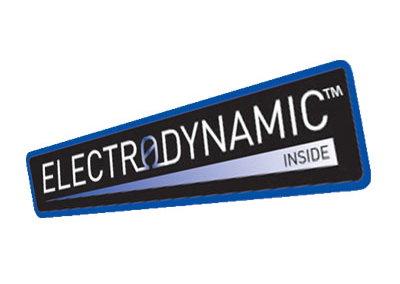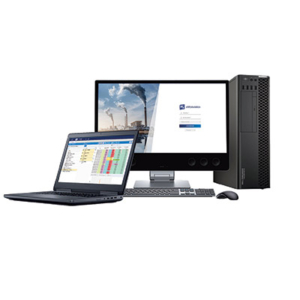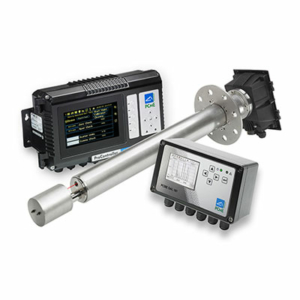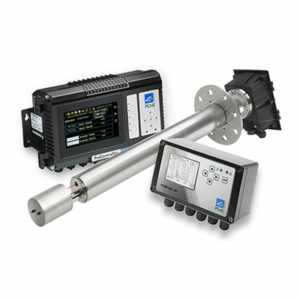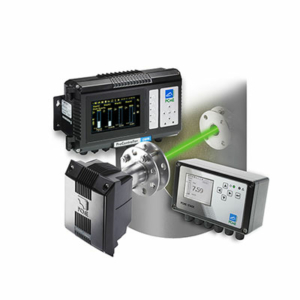Technology for quantitative and qualitative monitoring for filter dust, filter leak and broken bag detection
ElectroDynamic™ probe electrification measurement technology is unique to ENVEA, and is highly suitable for monitoring industrial applications in which emissions are reduced by bagfilters.
This non-optical technique has the performance to meet the accuracy and reliability demands of TUV and MCERTS QAL1 approvals for bagfilter applications as well as provide reliable quantitative and qualitative monitoring for filter dust, filter leak and broken bag detection.
- Core Features of the Technology are:
- Highly sensitive to dust levels below 0.1mg/m3 while still providing reliable monitoring when dust levels are highly contaminating at up to 500mg/m3
- Not affected by velocity variations within typical bagfilter velocity ranges of 8-20m/s.
- Unaffected by contamination on the sensor rod (which may cause signal drift in other types of probe electrification devices) and suitable for monitoring conductive dusts which ‘coat the sensor’ such as carbon black.
- Industrially hardened and intrinsically safe sensor options for hazardous zones (Gas and Dust), elevated temperatures up to 800°C and elevated pressures to 50 bar.
- When combined with a patented ElectroDynamic™ insulated sensor, may be used to provide a unique and unrivalled reliable measurement in humid processes and spray drier applications (MCERTS certified).

- Compared to DC Triboelectric Probe Electrification devices and ‘induction sensing and protected probe systems’, ElectroDynamic™ systems are:
- tolerant to contamination on the rod (since they are not measuring the collision signal).
- exhibit stable results and calibrations even with contaminating dusts (protected probes are not advised in dry applications and therefore drift caused by electrostatic charging effects is avoided).
- have reduced sensitivity to the effects of changing velocity.

- Compared to AC Probe Electrification systems, ElectroDynamic™ systems have an optimised frequency bandwidth which extends the velocity range over which the system has no cross sensitivity to changing velocity.
- Compared to Opacity systems, the instrument is tolerant to contamination, does not suffer from misalignment and is suitable for measuring dust levels below 0.1mg/m3 (the zero drift of opacity limits its resolution to greater than 20mg/m3)
- Automatic electronic zero and reference checks where signals are injected at the sensor rod to ensure as much of the measurement chain is checked as possible.
- Automatic probe rod short circuit check (warns of conductive path from probe rod to earth).
- Automatic patented sensor insulator contamination (resistance and current leakage) checks to provide pre-warning of contaminating conditions which would result in false readings.
- Optional manual Audit checks for linearity and functionality assessments.

